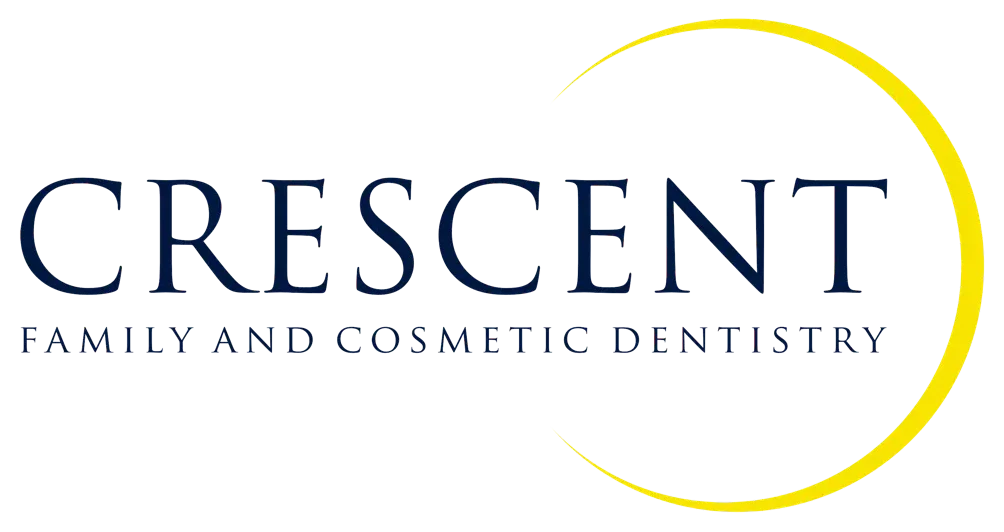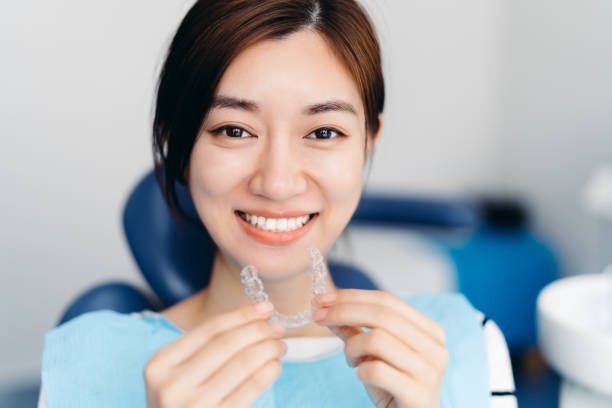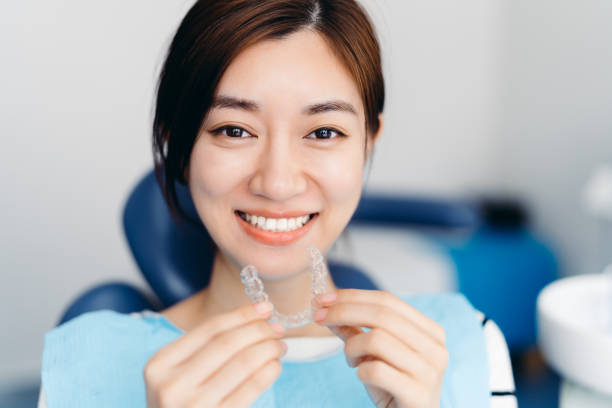Clear Aligners vs Traditional Braces: A Deep Dive into the Future of Orthodontics

Metal braces aren’t the only way to straighten teeth anymore. Clear aligners are quickly becoming the go-to for people who want results without all the extra hardware. They’re subtle, removable, and easy to work into your day-to-day routine. Still, traditional braces have been around for decades for a reason—they’re tough, reliable, and great for complex cases.
The truth is, both options have pros and cons, and the right fit depends on your lifestyle, budget, and what your teeth need. Whether you’re after a smoother look, lower maintenance, or the strongest fix possible, knowing the differences upfront makes the choice a whole lot easier. This isn’t just about looks—it’s about comfort, convenience, and getting it done right.
What are the Main Differences Between Clear Aligners and Traditional Braces?
At the core, both clear aligners and traditional braces serve the same purpose: they gradually move your teeth into better alignment. However, the way they go about doing this, and the experience of the patient, differs significantly. Let’s explore the main differences.
Clear Aligners
- Appearance: Clear aligners, like Invisalign, are virtually invisible. They are made of smooth, clear plastic trays that fit snugly over your teeth. Since they’re nearly invisible, many people choose clear aligners for aesthetic reasons.
- Customizable and Removable: Clear aligners are custom-designed for your teeth using advanced 3D imaging. These aligners can be removed easily, which means you can take them out while eating, drinking, or cleaning your teeth.
- Comfort: The smooth plastic material of clear aligners is generally more comfortable than the brackets and wires of traditional braces. There are no sharp edges, which means less irritation to the gums and inside of the cheeks.
Traditional Braces
- Appearance: Traditional braces consist of metal brackets attached to the teeth and connected with wires. Over time, the braces apply pressure to the teeth, gradually shifting them into alignment. Braces are more visible, which can be a concern for some individuals, especially teens and adults.
- Non-removable: Once installed, traditional braces remain fixed in place for the duration of the treatment. Patients can’t remove them for eating or cleaning.
- Comfort: Braces are generally less comfortable than aligners, as the metal brackets can cause irritation to the gums, lips, and inside of the mouth, especially after adjustments.
Summary of Key Differences
| Feature | Clear Aligners | Traditional Braces |
| Appearance | Virtually invisible, made from clear plastic | Visible metal brackets and wires |
| Removability | Removable for eating, drinking, and cleaning | Fixed in place during treatment |
| Comfort | Smooth plastic with minimal discomfort | Potential for mouth irritation from wires and brackets |
| Treatment Customization | Custom 3D design for each patient | Fixed design, but adjustable with regular visits to the orthodontist |
| Maintenance | Easy to clean, just rinse and brush | Requires more maintenance, including brushing around brackets and wires |
How Effective are Clear Aligners Compared to Traditional Braces For Severe Orthodontic Issues?
Both clear aligners and traditional braces can effectively straighten teeth, but when it comes to severe orthodontic issues, traditional braces may have the edge. Clear aligners are ideal for mild to moderate alignment issues, but they can sometimes be less effective for more complex cases. Here’s why:
Clear Aligners for Mild to Moderate Cases
- Precision and Control: Clear aligners work by gradually shifting your teeth into the desired position through a series of aligner trays. These trays are designed to apply pressure on specific teeth, slowly moving them into place. While aligners can address a variety of issues—like gaps, crowded teeth, and mild bite problems—they might not provide the precise control necessary for more severe orthodontic challenges.
- Limitations: Severe alignment problems, such as overbites, underbites, or extreme crowding, may not be as easily corrected with clear aligners alone. This is because aligners work through a series of pre-scheduled movements, and some cases require more intensive, consistent force to shift the teeth effectively.
Traditional Braces for Complex Cases
- Versatility and Power: Traditional braces are capable of addressing a broader range of dental issues. They can exert continuous pressure on teeth through their brackets and wires, allowing for more forceful and consistent movement. This makes them effective for severe malocclusions (bite issues) and extreme crowding that might not be easily handled by clear aligners.
- Adjustability: Braces can be fine-tuned with every visit to the orthodontist, allowing them to adapt to changes in the alignment of your teeth. This level of control is especially beneficial for patients with complex needs.
Can Clear Aligners Be Removed For Eating and Cleaning While Traditional Braces Cannot?
One of the most appealing benefits of clear aligners is the fact that they are removable, which makes them much more convenient for day-to-day life. With traditional braces, on the other hand, the experience is less flexible. Let’s explore these differences in more detail.
Clear Aligners
- Removable for Eating and Drinking: Clear aligners offer the flexibility to take them out whenever you need to eat or drink. This means you won’t have to worry about food getting stuck in wires or brackets. You can enjoy all your favorite foods without the restrictions that come with traditional braces.
- Easy to Clean: Since aligners can be removed, they can be easily cleaned by simply brushing them with a toothbrush or soaking them in a cleaning solution. Additionally, you’ll have no difficulty cleaning your teeth, as you can brush and floss normally without worrying about getting around brackets and wires.
Traditional Braces
- Fixed for Eating and Drinking: With traditional braces, you’re stuck with your appliance in place during meals. This means you have to be cautious about the types of foods you eat. Hard, sticky, or chewy foods can damage your braces, and smaller pieces of food can get stuck in your brackets and wires. This requires diligent cleaning to prevent plaque buildup.
- More Effort to Clean Teeth: Cleaning around braces requires extra effort. You’ll need to carefully brush around the brackets and use specialized tools like floss threaders to ensure that your teeth and gums remain healthy throughout the treatment. If food gets stuck, it’s essential to clean it out right away to avoid plaque accumulation.
How Long Does Treatment With Clear Aligners Typically Take Compared to Traditional Braces?
When considering orthodontic treatment, treatment duration is a critical factor for many people. No one wants to spend years in braces, but how do clear aligners compare in terms of treatment time?
Clear Aligners
- Shorter Treatment Time for Many Cases: On average, treatment with clear aligners takes about 12 to 18 months. However, this can vary depending on the complexity of your case. For those with mild to moderate dental issues, aligners can straighten teeth relatively quickly. Some patients may even see results in as little as 6 months.
- Consistency is Key: The speed of treatment depends on how consistently the patient wears their aligners. For best results, aligners should be worn 22 hours a day, only removing them for meals and cleaning. If patients follow this guideline, the process can be efficient and quicker than traditional braces.
Traditional Braces
- Longer Treatment Time for Complex Cases: Traditional braces typically take longer to achieve the desired results. On average, treatment lasts between 18 months to 3 years, depending on the severity of the orthodontic issues being treated.
- Consistent Adjustments: The time frame for braces depends on regular orthodontic visits for adjustments. As your teeth gradually shift, the orthodontist will tighten the wires to apply continuous pressure, which can add to the overall treatment time.
Which is Right for You?
Both clear aligners and traditional braces have their advantages and are effective options for orthodontic treatment. Clear aligners offer a more discreet, convenient, and comfortable option, especially for those with mild to moderate misalignment. They’re also quicker for those with less severe issues and can be removed for eating and cleaning.
However, for patients with severe orthodontic problems, traditional braces might still be the best choice. They offer more precision and control over tooth movement, especially for complex bite issues.
Ultimately, the best treatment for you depends on your specific needs, lifestyle, and preferences. Whether you choose clear aligners or traditional braces, both options will help you achieve the healthy, beautiful smile you’ve always wanted. Be sure to consult with an orthodontist to discuss your options and determine the most effective treatment for your unique dental situation.
Transform Your Smile with Crescent Family and Cosmetic Dentistry of Columbia!
Ready to achieve the smile you’ve always dreamed of? At Crescent Family and Cosmetic Dentistry of Columbia, we specialize in creating personalized treatment plans that will help you get the most out of your orthodontic journey.
Whether you’re considering clear aligners or traditional braces, our team is here to guide you every step of the way. Contact us today to schedule your consultation and take the first step toward a brighter, more confident smile!



